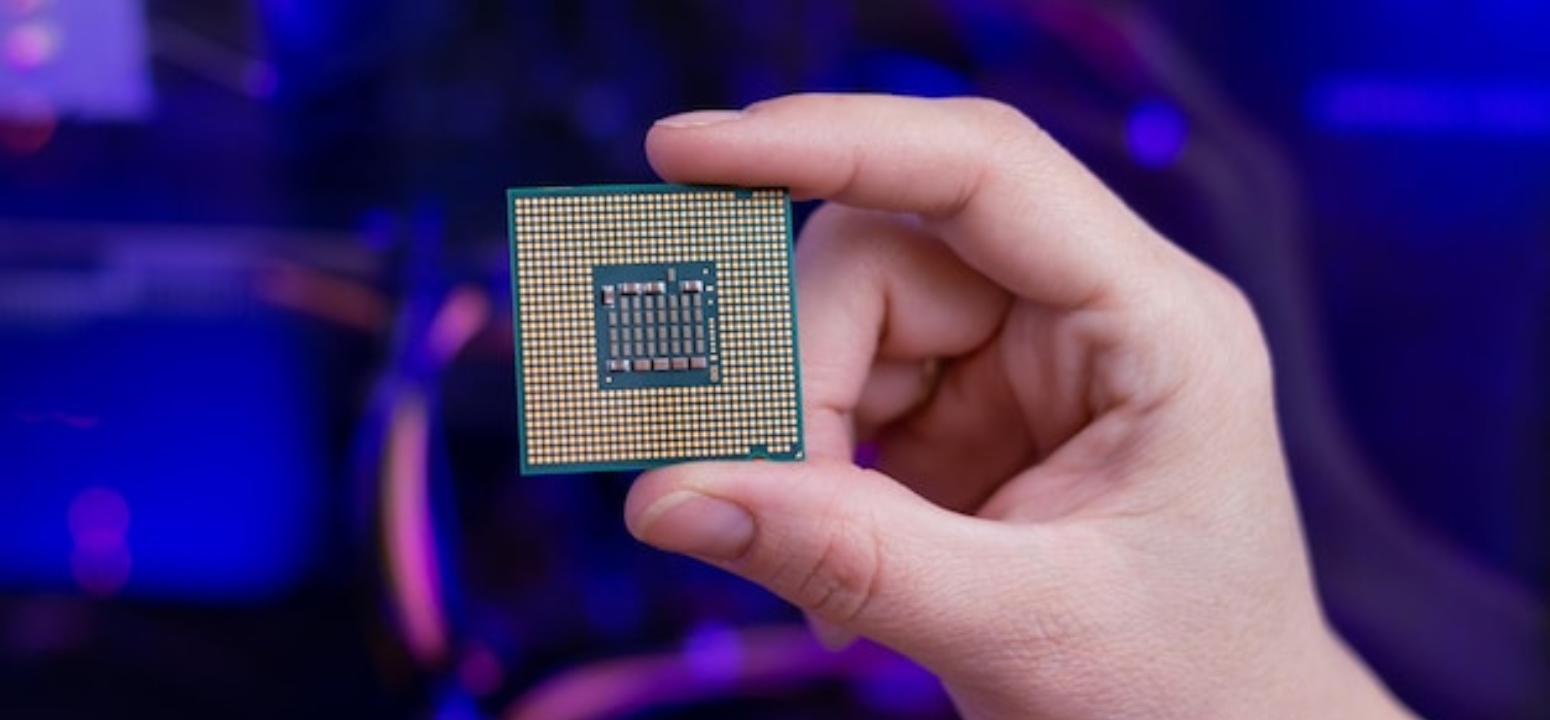
Introduction
In the rapidly advancing world of technology, acronyms and abbreviations are commonplace, often leaving us puzzled about their meanings and significance. VLSI is one such acronym that is widely used in the field of electronics and semiconductor manufacturing. In this blog post, we will demystify VLSI by explaining its full form, its importance, and its role in shaping the modern world of electronics.
VLSI Full Form
VLSI stands for “Very Large Scale Integration.” It refers to the process of integrating a large number of electronic components, such as transistors, capacitors, and resistors, onto a single semiconductor chip or microchip. The goal of VLSI design and manufacturing is to maximize functionality, minimize the physical size of the chip, and optimize power efficiency.
The Journey from SSI to VLSI
To understand the significance of VLSI, it’s essential to trace the evolution of integrated circuits (ICs). This journey began with SSI (Small Scale Integration), where a chip contained a few to several dozen electronic components. As technology advanced, the industry moved on to MSI (Medium Scale Integration) and then LSI (Large Scale Integration), allowing for hundreds to thousands of components on a single chip.
The advent of VLSI marked a significant turning point. It enabled the integration of tens of thousands to millions of electronic components on a single chip. This jump in scale revolutionized the electronics industry and had a profound impact on our daily lives.
The Significance of VLSI
- Miniaturization: VLSI technology has led to the miniaturization of electronic devices, making them smaller, lighter, and more portable. Think of the evolution from bulky computers to sleek smartphones and wearables. VLSI enables this transformation.
- Enhanced Performance: The integration of a large number of components on a chip allows for improved performance and functionality. Modern microprocessors, for example, owe their capabilities to VLSI technology.
- Energy Efficiency: VLSI design focuses on optimizing power consumption, which is crucial in modern devices. Battery life in smartphones and the efficiency of electronic appliances benefit from VLSI advancements.
- Cost Reduction: By packing more components onto a single chip, VLSI reduces the cost of manufacturing and assembly. This cost-effectiveness has made electronics more accessible to the masses.
- Innovation: VLSI technology fuels innovation in various industries, from healthcare to automotive, by enabling the development of complex systems and devices.
Applications of VLSI
VLSI technology finds applications in a wide range of industries, including:
- Computing: Microprocessors, GPUs, and memory chips are products of VLSI, enabling the computers and servers we rely on.
- Communication: VLSI is instrumental in the design of communication chips used in smartphones, routers, and networking equipment.
- Healthcare: Medical devices like pacemakers, MRI machines, and diagnostic equipment leverage VLSI for accuracy and efficiency.
- Automotive: Modern vehicles incorporate VLSI chips for engine control, infotainment systems, and safety features.
- Aerospace: Satellites, spacecraft, and avionics systems rely on VLSI technology for their functionality.
Conclusion
Understanding the full form and significance of VLSI – Very Large Scale Integration – helps us appreciate the transformative role it plays in our world. It is the technology that has made our electronic devices smaller, smarter, and more energy-efficient. With VLSI, we can continue to expect innovation and advancement in various industries, making our lives more connected and convenient.
To know more about VLSI Course , SuccessBridge VLSI training institute. You can begin your VLSI career by enrolling in the placement-assisted live courses available at SuccessBridge We offer various VLSI online courses. We offer VLSI Physical Design course, Design Verification course, DFT Trainings
, Chip design course many more. Explore VLSI Courses From The Leaders In VLSI Training
Also Read: Industry-Ready VLSI Training In Bangalore: What To Expect?






